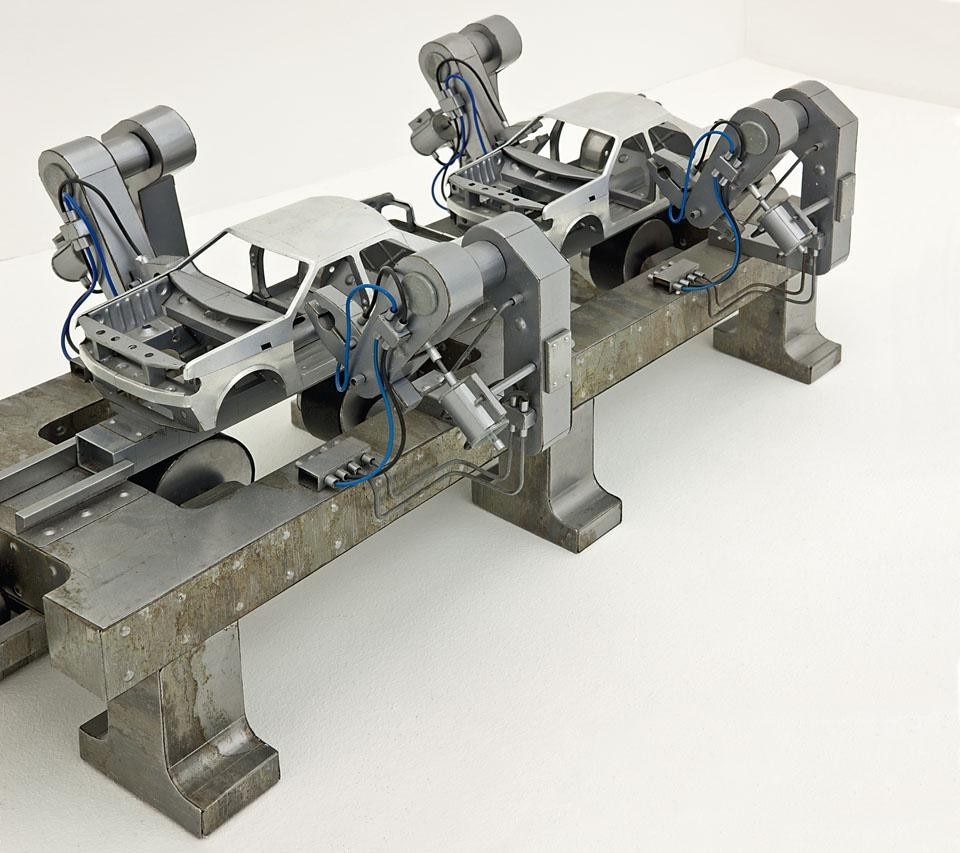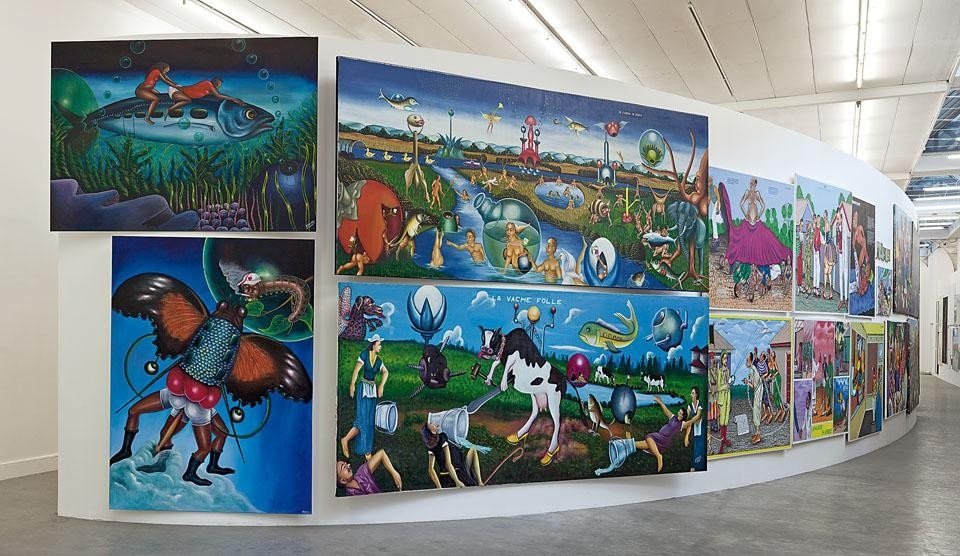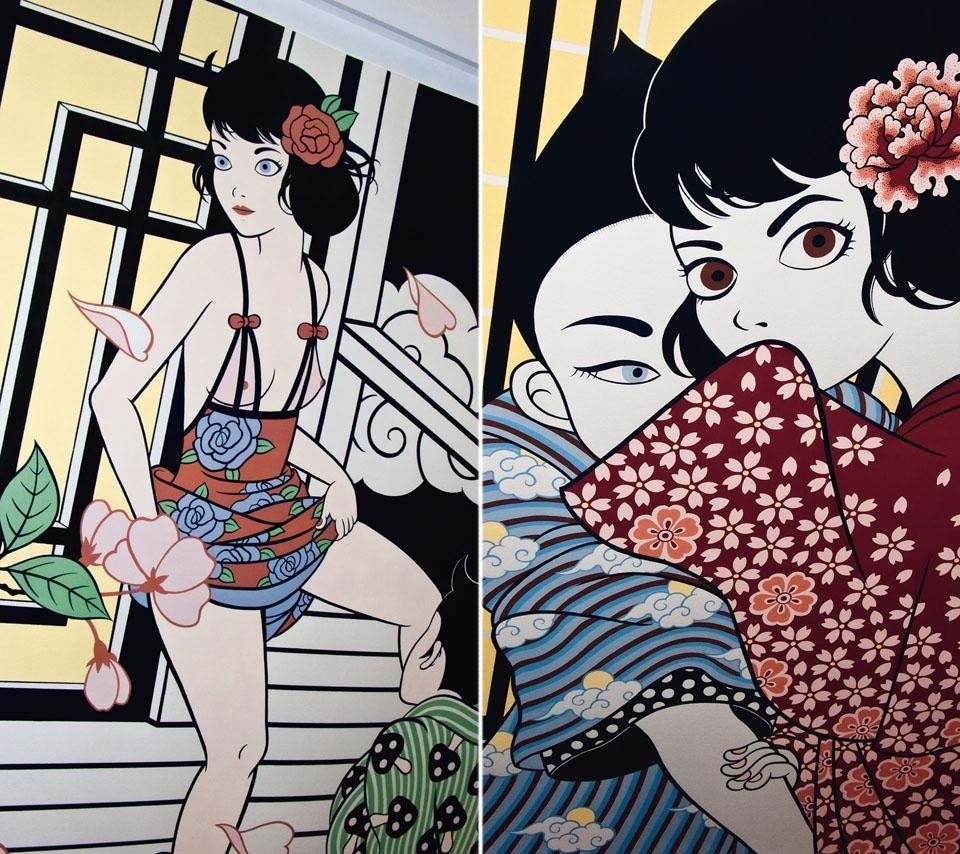Carsten Höller sees double. Since the beginning of his career, this artist, who was born in Belgium, grew up in Germany and has now settled in Stockholm, has played with symmetrical repetitions and mirror reflections. His entire body of work is informed by the spectre of the double – identical sculptures, one next to the other, twins talking to each other from two video screens, gigantic installations that are exactly the same. At the start of his career, Höller designed a series of works with the German artist Rosemarie Trockel, actually doubling himself up in another creator. Similarly, there was the legendary Paris exhibition in which Höller and Maurizio Cattelan presented a series of identical works, removing all differences of style or ownership.
The exhibition Japan Congo is Höller's new experiment. This itinerant show debuted at Le Magasin in Grenoble, travelled to the Garage in Moscow and will open in Milan this November. With this project, the artist presents a selection of works from the Pigozzi Collection, which is largely renowned for its significant acquisitions of African art since the early 1990s. As the show's title suggests, however, Höller's interpretation of the Pigozzi Collection unexpectedly concentrates exclusively on Congolese artists, showing their pieces alongside a series of works by Japanese artists, representing a lesser-known side to the collection.
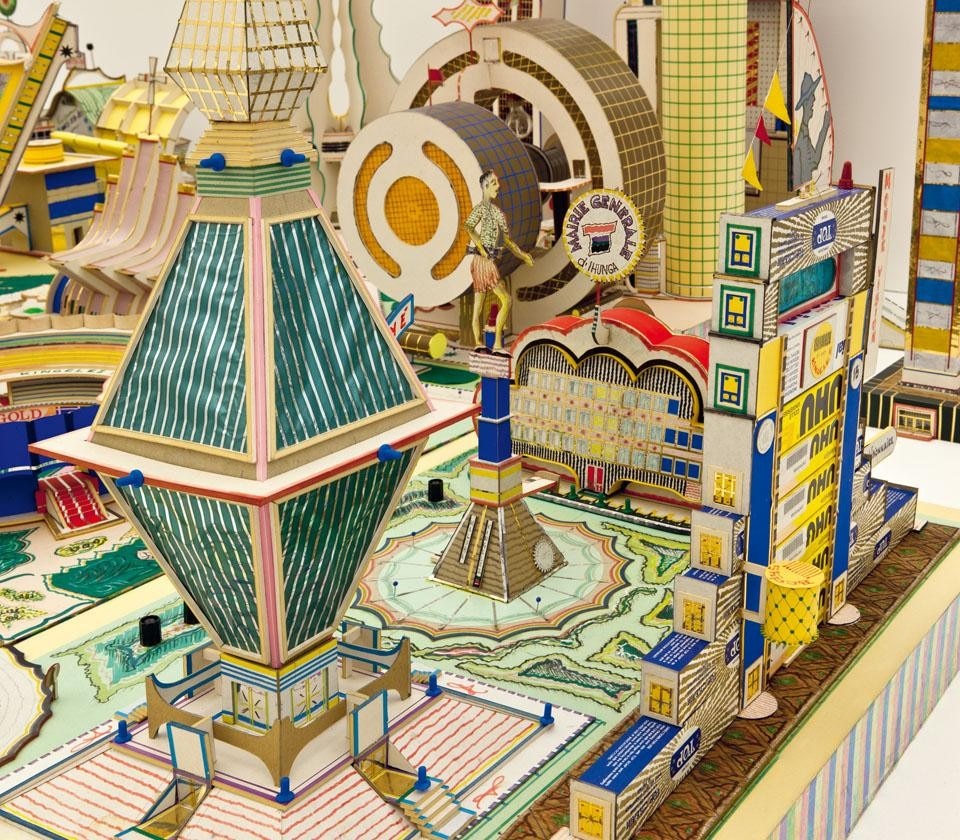
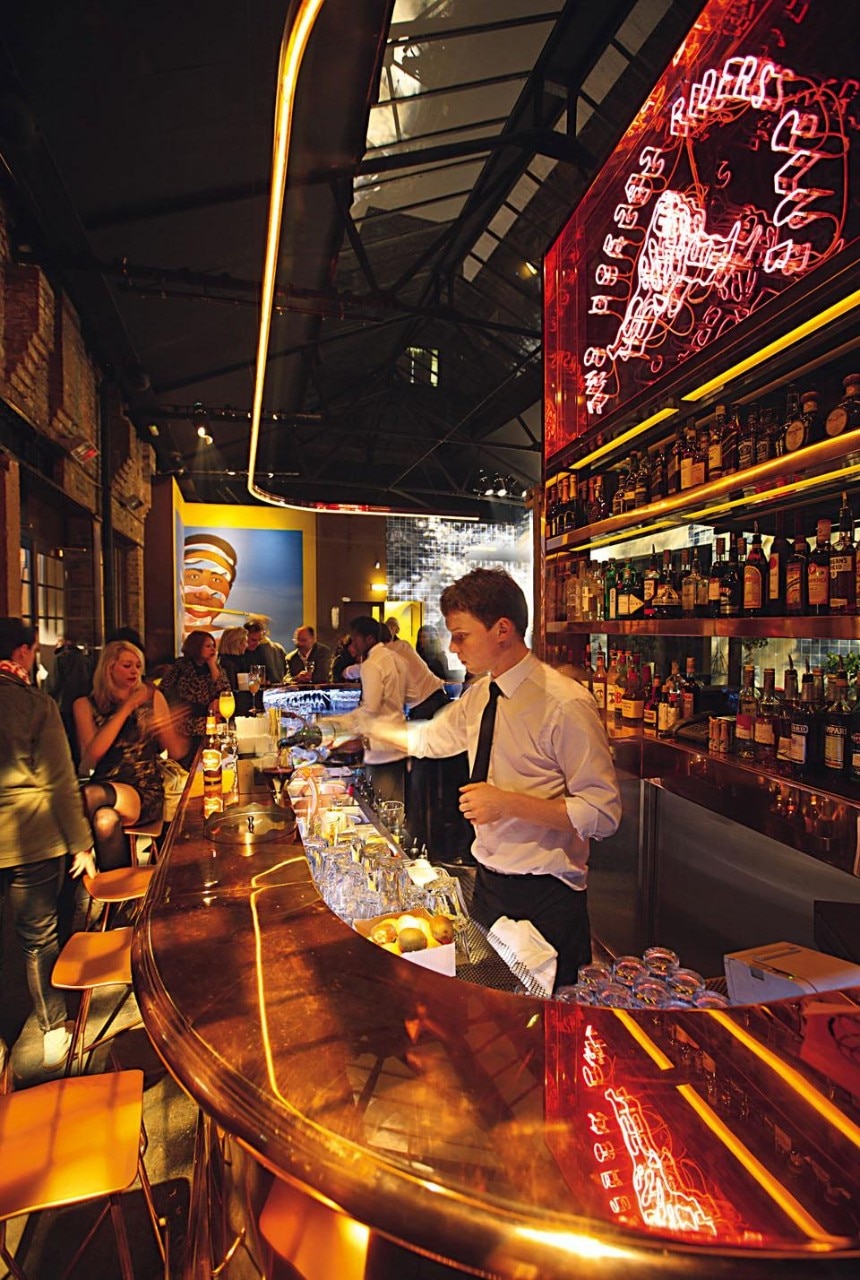
Höller's interpretation of the Pigozzi Collection unexpectedly concentrates exclusively on Congolese artists, showing their pieces alongside a series of works by Japanese artists, representing a lesser-known side to the collection.
